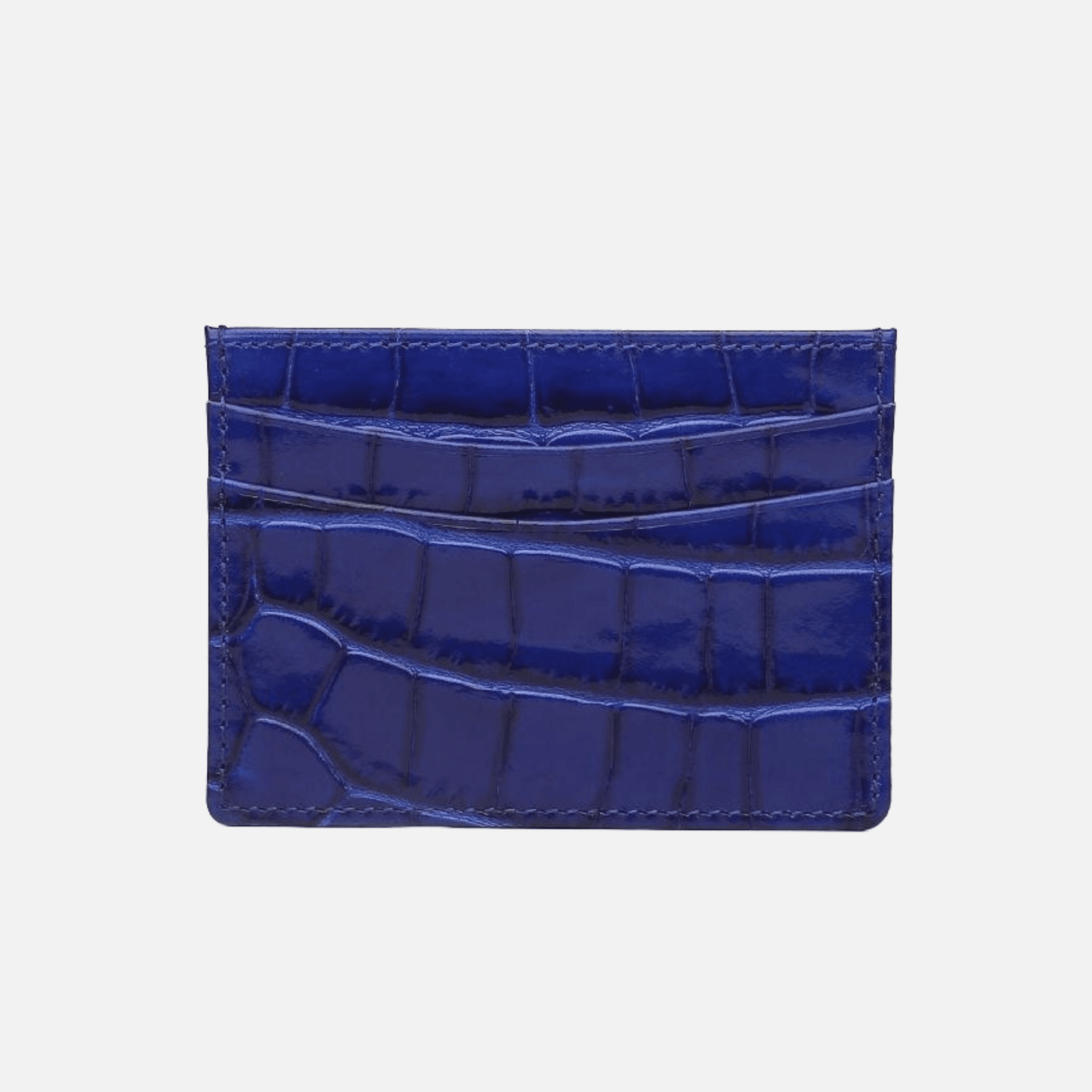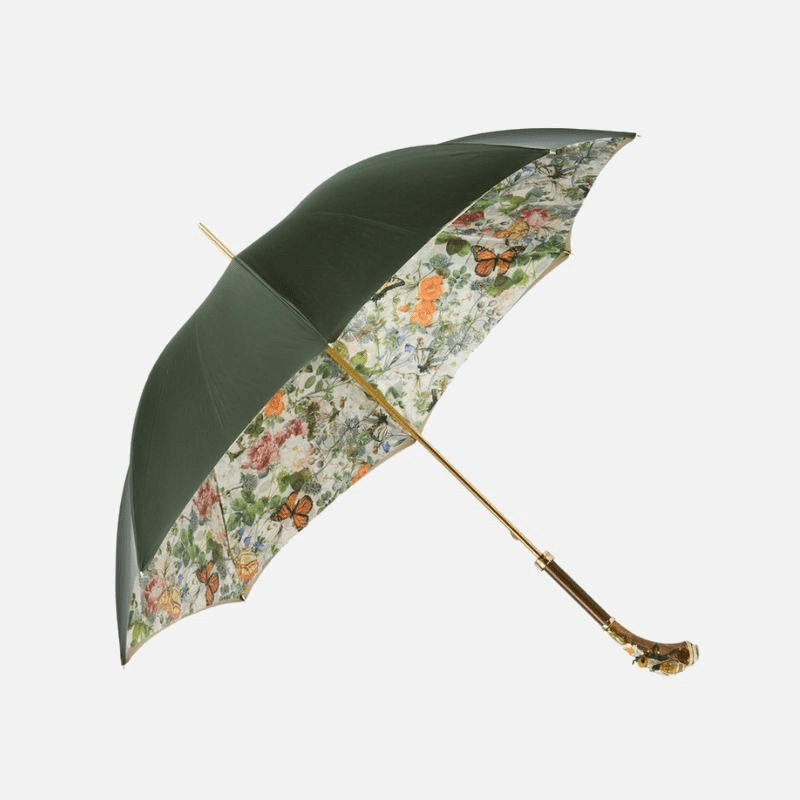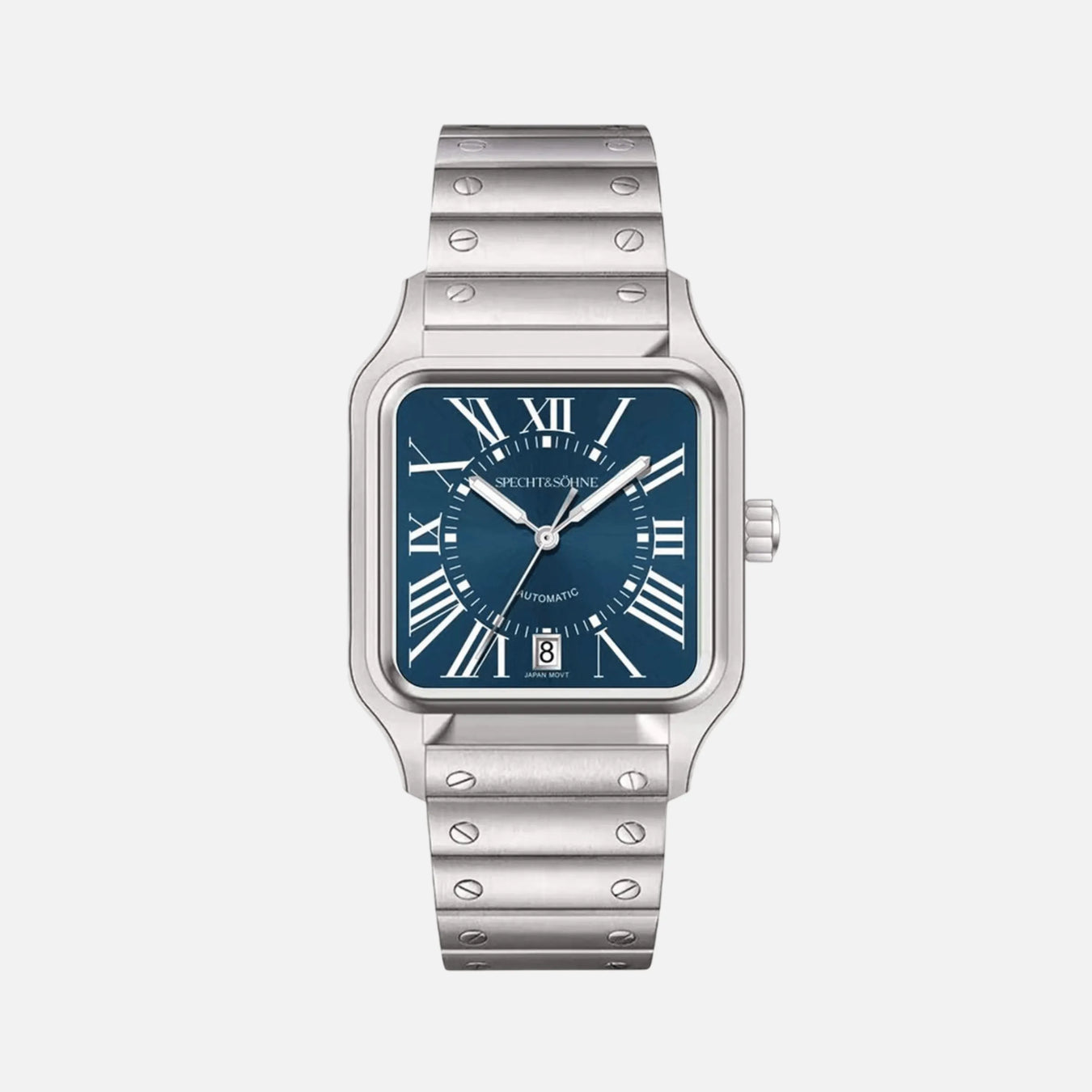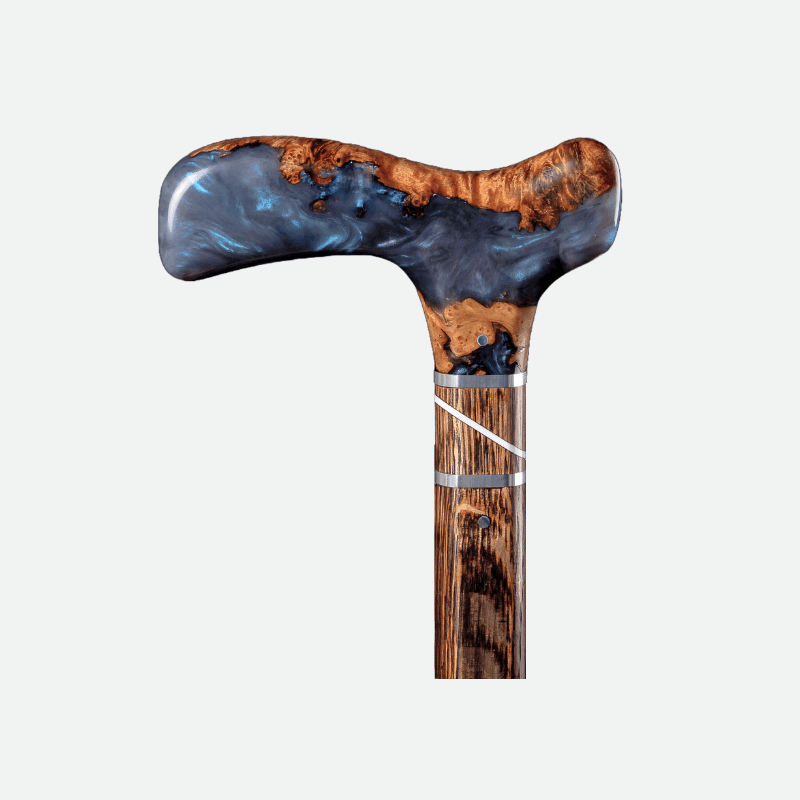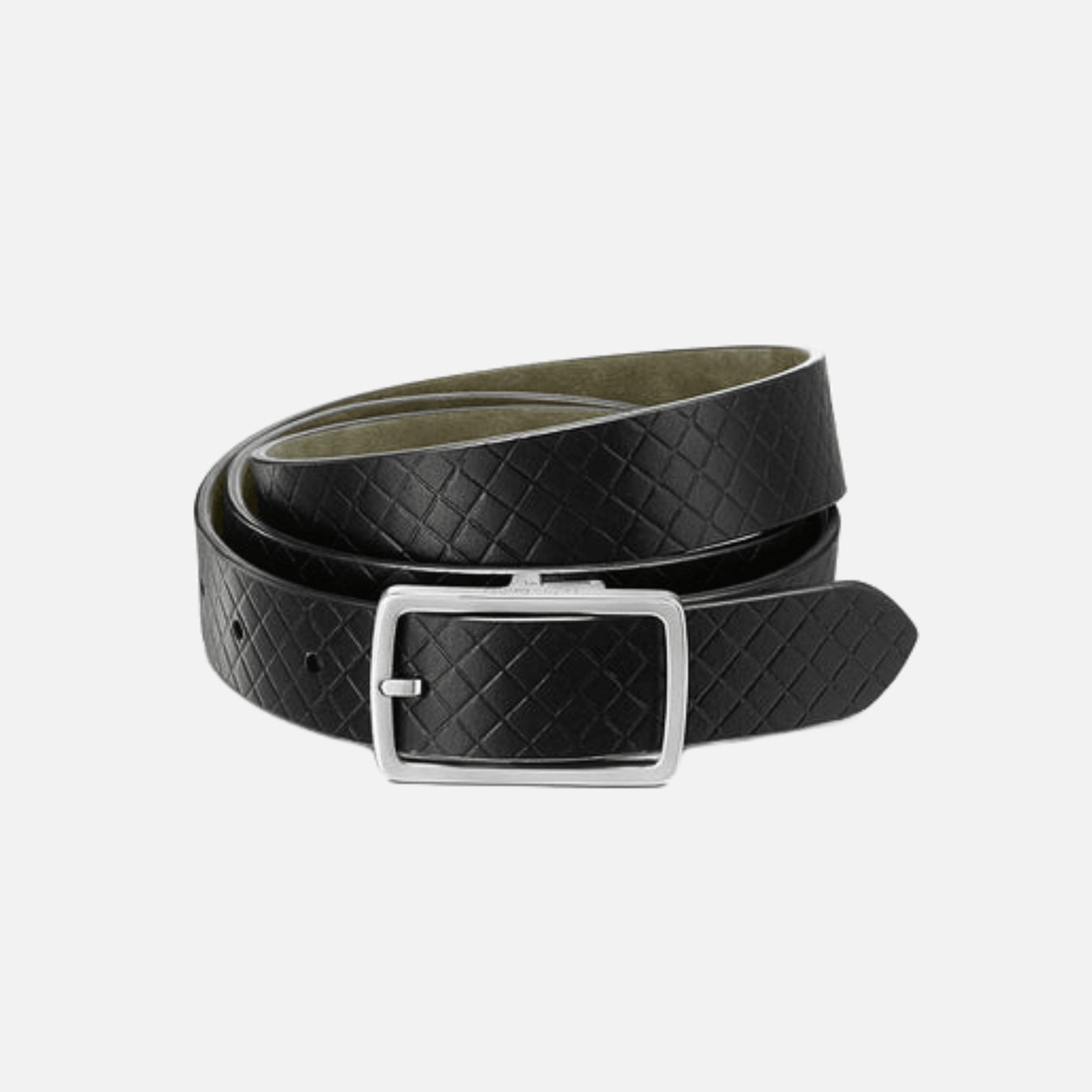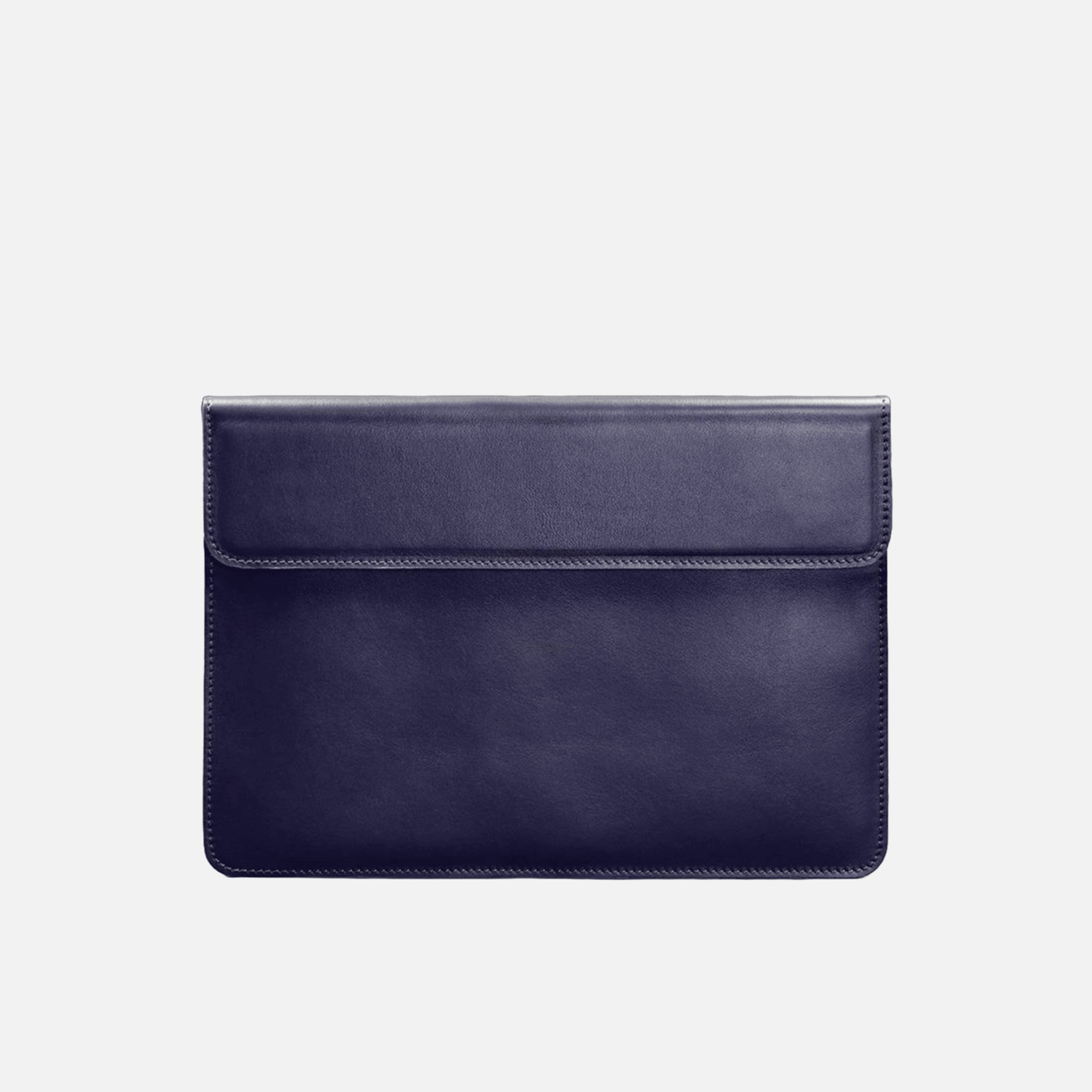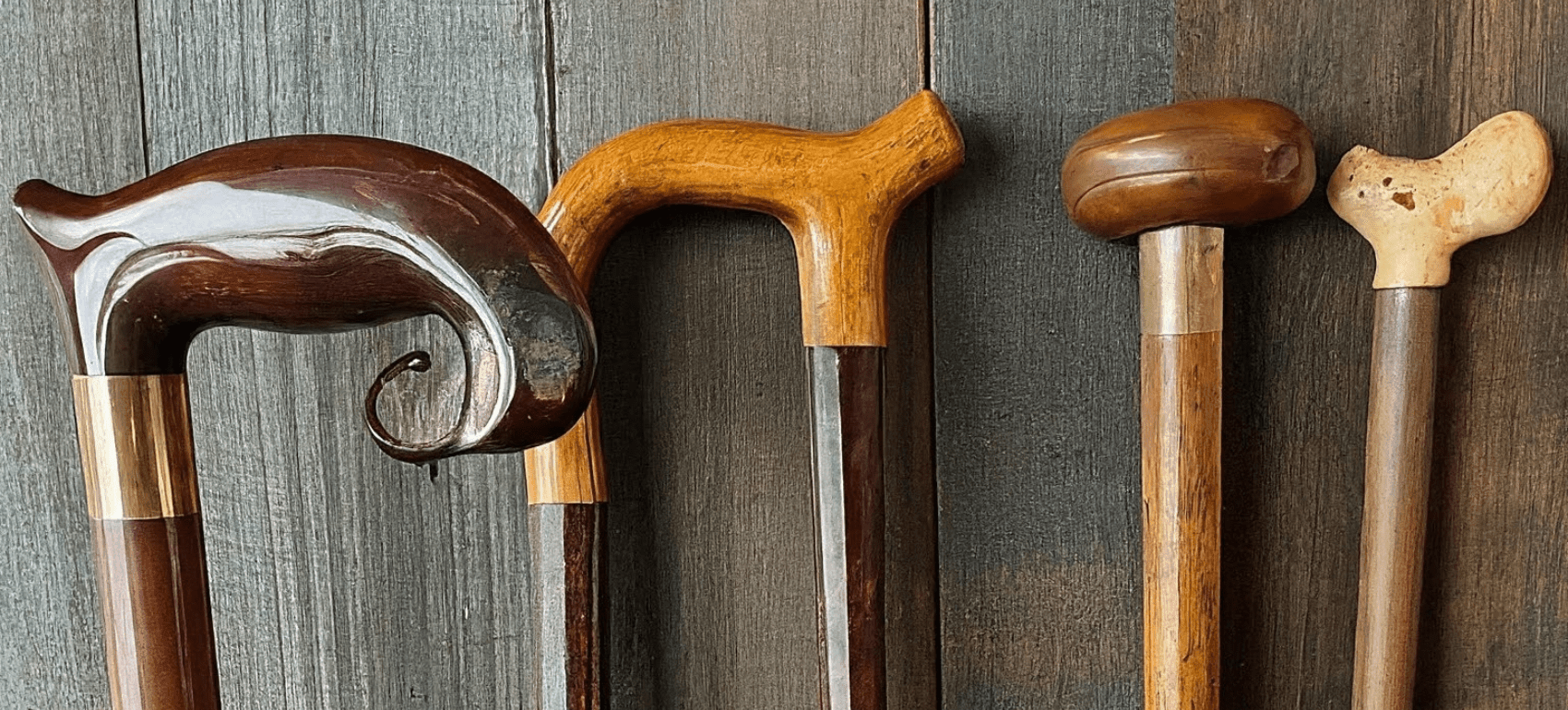
Collector’s Guide. Investing in Antique and Vintage Luxury Walking Canes
Collector’s Guide. Investing in Antique and Vintage Luxury Walking Canes
-
Historical significance: Canes from different eras provide insight into the fashion, culture, and social norms of their time. They often serve as tangible links to the past.
-
Artistic craftsmanship: Many antique and vintage canes feature exquisite craftsmanship, including hand-carved handles, intricate inlays, and precious materials like ivory, gold, and silver.
-
Rarity and uniqueness: As with any collectible, rarity increases value. Unique designs, limited editions, and canes with notable provenance are particularly valuable.

Key Factors to Consider When Investing
-
Age and provenance: Determine the cane's age and history. Provenance, or the record of ownership, can significantly impact value. Canes with documented histories or connections to famous individuals are especially valuable.
-
Material and craftsmanship: Examine the materials used and the quality of craftsmanship. High-quality materials such as exotic woods, precious metals, and intricate carvings are indicators of value.
-
Condition: The condition of the cane is crucial. Look for signs of wear, damage, or repairs. While some patina is expected with age, severe damage can diminish value.
-
Authenticity: Verify the authenticity of the cane. Counterfeit items exist, so it’s important to buy from reputable dealers or have the cane appraised by experts.
-
Design and aesthetics: Unique and aesthetically pleasing designs are more desirable. Canes with artistic handles, such as animal heads, figures, or ornate patterns, are particularly popular.
Notable Types of Antique and Vintage Canes
-
System canes: These canes incorporate hidden mechanisms or compartments, such as telescopic handles, hidden flasks, or secret compartments. They are highly collectible due to their novelty and complexity.
-
Dress canes: Designed to complement formal attire, dress canes often feature luxurious materials and elaborate designs. They were popular among gentlemen in the 19th and early 20th centuries.
-
Folk art canes: Hand-carved by artisans, folk art canes are unique and often whimsical. They reflect the cultural and artistic expressions of their creators.
-
Presentation canes: These canes were given as gifts to commemorate special occasions or achievements. They often feature inscriptions or plaques and are highly valued for their historical context.
Tips for Building Your Collection
-
Research: Educate yourself about different types of canes, historical periods, and notable makers. Books, online resources, and antique cane clubs are valuable sources of information.
-
Network: Join collector’s clubs, attend antique shows, and participate in auctions to connect with other collectors and experts. Networking can provide valuable insights and opportunities to acquire rare pieces.
-
Start small: Begin with more affordable pieces as you learn the market and develop your expertise. As your knowledge grows, you can invest in more valuable and rare canes.
-
Buy from reputable sources: Purchase from reputable dealers, auction houses, and established collectors. Ensure that each purchase comes with a guarantee of authenticity.
-
Maintenance: Proper care and maintenance are essential to preserve the value of your canes. Store them in a cool, dry place, away from direct sunlight, and handle them with care.

